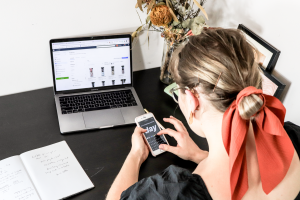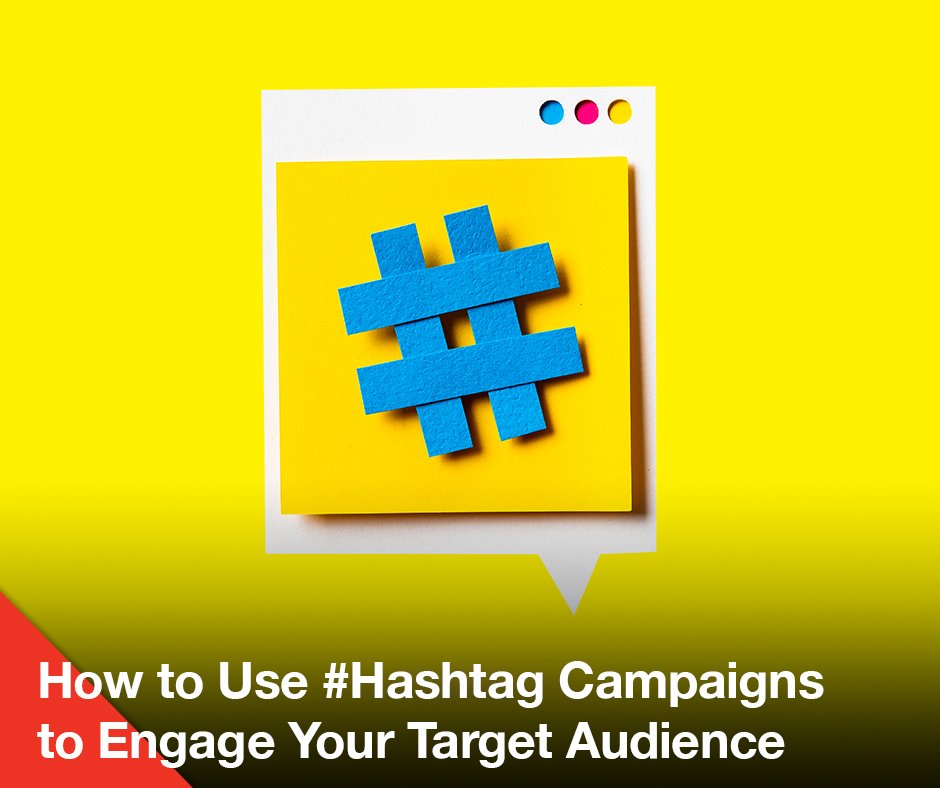Roughly half the world is on social media. Almost 3.8 billion people use social media in 2020. Once you’re online, you have the power to target markets like you never could before. Social media platforms like Facebook, Twitter, Instagram, LinkedIn, YouTube, Pinterest, and even TikTok are frequented by millions of users every day. A #Hashtag campaign is an inexpensive yet extremely useful way to market your brand to millions of users. If you plan your online marketing strategy correctly, then launching a successful hashtag campaign isn’t as hard as you may think.
You could own a small business, and maybe you’re trying to expand your market reach and influence online. Your business could also be well-established and capable of launching large advertising campaigns. Irrespective of this, social media marketing is necessary if you want to survive in the contemporary business environment.
What is a Hashtag?

Hashtags are simple unspaced words, always placed next to a ‘#’. Ex: #WonderfulWednesday, #TravelTips etc.
On social media channels, these are used as hyperlinks that lead to aggregates of information. The subject of the information is the same as the text on the hashtag. So, if you were to clock on a hashtag that said #HappyCaturday, you’re very likely to find thousands of content pages on cats.
Businesses have already begun to realize the massive potential that hashtag campaigns can have. In an era where every brand is especially dedicating time and space to developing social media strategies, you can’t fall behind.
Hashtags create links to easily searchable information. It’s a great way for businesses to launch new products, gain consumer insights, and develop customer engagement and loyalty.
1) Step One: Do Your Research

Before you can sit down to strategize on your social media digital campaign, you need to gather data. Research your competitors to see what they’re doing online. What kind of social media strategies are they employing? Have these been effective for them? did they created any hashtag campaigns? And were they successful?
Knowing what your competition is doing helps you learn from their successes while avoiding their pitfalls. At the same time, there’s other information you should be thoroughly researching – and that’s about your brand.
Pore through influencer social media accounts, blogs, YouTube accounts and online articles to gauge what the online commentary about your brand is. If you’re still a small and upcoming business, don’t fret! This just means that you have to build a hashtag campaign around increasing your followers.
But if there is an online conversation happening about your brand, then you need to know about it. If you can isolate the keywords that are being used about your brand, then these could make for great hashtags later on. For example, if someone refers to your products as ‘so totally sustainable’, you can use that to create a hashtag called ‘#sosustainable’ for your brand.
Social media is relevant when it comes to target marketing nearly 50% of millennials and 42% of Gen Z. Online marketing is the easiest way to generate traction and increase conversions today.
2) Step Two: Develop a Digital Marketing Strategy and engage with your Target Audience

Once you’ve gathered your data, the next step is to determine which social media platform should be right for you. The platforms your target market frequents will differ from brand to brand. If your business deals with other businesses, then LinkedIn is where you need to place your focus.
If you want to target the Baby Boomers, then Facebook can help you. Facebook is also great for targeting a specific audience that gets to see your ads. Instagram and Twitter are where Millennials and Gen Z frequent. These are also great places to sell direct-to-consumer products.
It’s expensive, time-consuming and largely moot to try and make a social media account on every major channel. Instead, place your focus on specific social media platforms.
Your hashtag campaign should include influencers as well as your key marketing partners.
Nearly 49% of consumers revealed that they take into consideration what their favorite social media influencers say when making purchasing decisions.
The hashtags themselves should be created keeping certain things in mind:
- Keep it small.
- Make it emotive.
- Choose something that represents your brand.
- Be original.
You don’t want to pick a hashtag that’s too generic, otherwise, it may already be popularly used for something else. Using a hashtag that’s too unique poses problems as well. Your hashtag could be hard to remember, leading to less engagement and an eventual fadeout for your campaign.
Go for a short and catchy hashtag. The more fun, the better. And finally, decide why you’re creating the hashtag campaign.
- Are you trying to launch a product?
- Are you trying to gain followers?
- Are you trying to develop customer loyalty and engagement?
Your online marketing strategy should be aimed at reaching a certain target. Without a target in mind, your hashtag campaign may not provide real results.
3) Step Three: Launching Your Hashtag Campaign

Hashtags can be used in various ways, from selling a particular product to creating an online contest. The more consistent you are in creating content relevant to your hashtag, the more traction and customer engagement you’ll witness.
71% of consumers who have a positive experience with a brand on social media report that they’re likely to recommend that brand to friends and family. This is exactly the kind of exposure you want if you’re looking to expand your consumer base while developing customer engagement and loyalty.
A good way to start off your hashtag campaign is to ask influencers and your content marketing partners to promote your hashtag. Look for influencers who have a large following and are also likely to use your products.
You can also create a hashtag campaign around your products. Ask your consumers to post a picture or video of them using your product and to use your hashtag on it. You can also include a giveaway where a lucky winner gets a great reward. These are some ways to launch your hashtag campaign on social media.
The final step comes after the hashtag campaign itself. Throughout the campaign, you’ve been consistent with making quality posts regularly, replying to customers as soon as you could, and even participating in conversations around your hashtag. Now it’s time to analyze the results.
Use metrics and analytics to gain insights on how successful your hashtag campaign was. Did you gain new followers? Increase conversions? And your hashtag campaign have any bearing on sales and purchases?
This information will help you develop future hashtag campaigns. Many of the tools you need are already available through these social media platforms itself. Look at the numbers and if there’s a noticeable difference after the hashtag campaign, you know your online marketing strategy worked!
